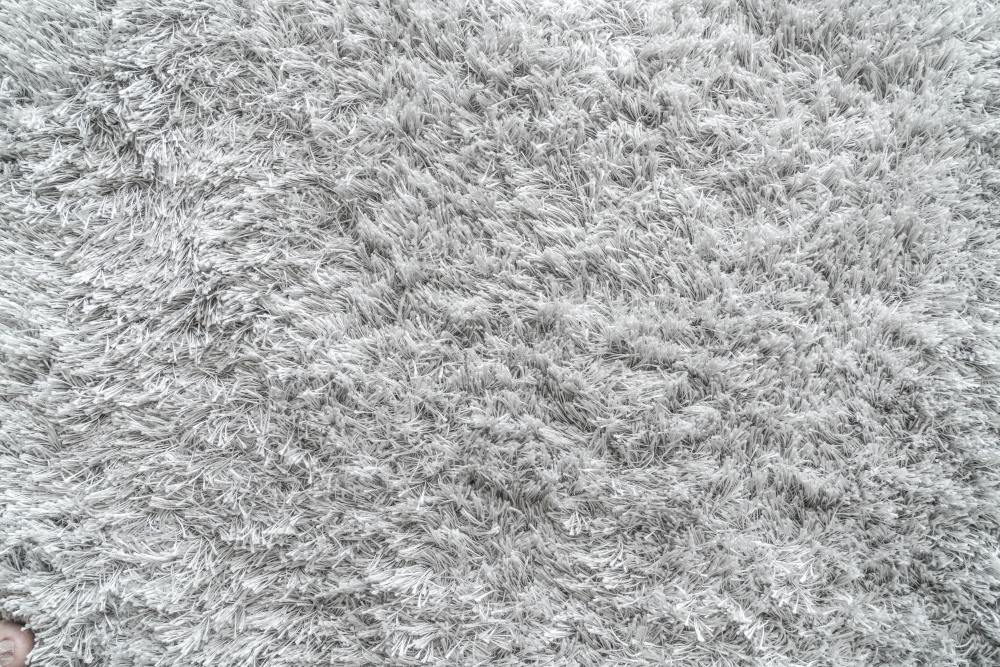Tips for Installing Carpet on Concrete

When it comes to flooring options, nothing beats the warmth and comfort of carpet. However, the process of installing carpet on concrete can be daunting for some DIY enthusiasts. The good news is that with the right tools, knowledge, and approach, you can achieve a flawless installation. This blog post shares some tips for installing carpet on concrete that you should keep in mind for a successful renovation project. If you're looking for a home remodeling contractor in Lake Mary, FL, contact CFL Renovations today for free estimates.
1. Prepare the Surface
Before you start installing your carpet, you need to ensure that the concrete surface is clean, dry, and smooth. Use a broom, vacuum, or mop to remove dirt, debris, and moisture. If there are any cracks or imperfections, fill them with a self-leveling compound or cement patch. This will create a flat surface that will allow your carpet to sit evenly and prevent lumps or bumps.
2. Install a Moisture Barrier
Since concrete is porous, it can absorb and hold moisture. Therefore, it's essential to install a moisture barrier to prevent moisture from seeping into your carpet and causing mold or mildew. One option is to use a polyethylene sheet, which can be laid over the concrete and taped to the wall. Alternatively, you can use a moisture-resistant adhesive to stick the carpet to the concrete.
3. Choose the Right Underlay
Underlay is a vital component of carpet installation, as it provides cushioning, insulation, and noise reduction. When it comes to installing carpet on concrete, you need to choose an underlay that is suitable for the subfloor. For example, a rubber or foam underlay can be used on concrete to provide shock absorption and prevent heat loss. There are also special underlays designed for damp conditions that can be used in basements or bathrooms.
4. Use The Correct Stretching Techniques
When laying carpet, you need to ensure that it's tight and smooth, without any wrinkles or sagging. One way to achieve this is to use the knee kicker, which is a tool that helps stretch and attach the carpet to the tack strips. Additionally, you can use a power stretcher, which is useful for larger rooms or commercial projects. This tool uses leverage and provides even stretching across the entire surface.
5. Properly Trim and Finish
Once you've installed your carpet, it's time to finish the edges. Use a heavy-duty staple gun to attach the carpet to the tack strip, making sure that the pile direction is consistent and matches the rest of the room. Then, use a knee kicker to create neat corners and trim the excess carpet with a sharp knife. Finally, finish the edges with molding or baseboards to create a polished look.
Conclusion
Installing carpet on concrete can be a complex and challenging process, but it's achievable with the right equipment and expertise. Be sure to prepare the surface, install a moisture barrier, choose the right underlay, use the correct stretching techniques, and properly trim and finish the edges. If you're unsure or overwhelmed, consider hiring a professional renovation contractor to help you with your project. With CFL Renovations, you can be confident that your carpet installation will be done efficiently, safely, and to the highest standards. If you're looking for a home remodeling contractor in Lake Mary, FL, contact CFL Renovations today for free estimates.